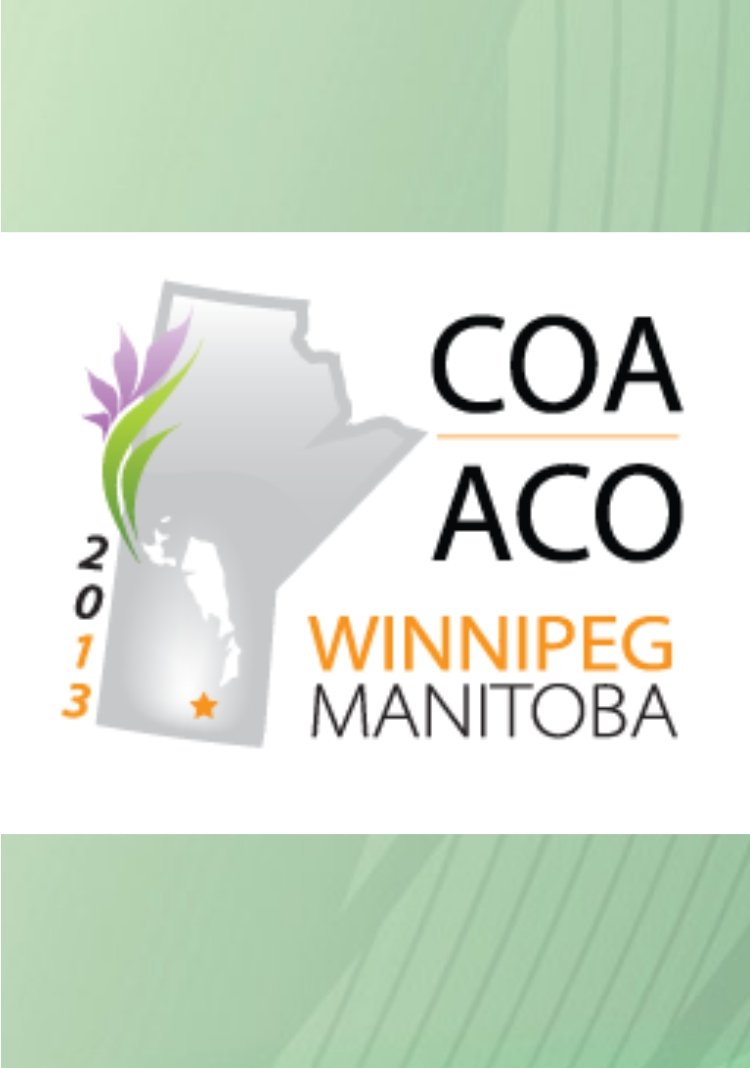
COA: Lower rate of aseptic loosening with modular tibial plateau implant in UKA

COA: Lower rate of aseptic loosening with modular tibial plateau implant in UKA
Randomized clinical trial study compring modular and monobloc tibial components in UKA
Did you know you're eligible to earn 0.5 CME credits for reading this report? Click Here
CONFERENCE ACE REPORTS
This ACE Report is a summary of a conference presentation or abstract. The information provided has limited the ability to provide an accurate assessment of the risk of bias or the overall quality. Please interpret the results with caution as trials may be in progress and select results may have been presented.
Synopsis
56 knees in 43 patients were randomized to undergo unicompartmental knee arthroplasty with either a cemented polyethylene monoblock or modular metal-backed tibial plateau implant (Accuris (Smith & Nephew)) . Results at over a 48 month trial period demonstrated that the monoblock implant was associated with s significantly greater rate of revision, particularly with respect to aseptic loosening.
To view the full content, login to your account,
or start your 30-day FREE Trial today.
FREE TRIAL
LOGIN
Forgot Password?
Explore some of our unlocked ACE Reports below!

Learn about our AI Driven
High Impact Search Feature
Our AI driven High Impact metric calculates the impact an article will have by considering both the publishing journal and the content of the article itself. Built using the latest advances in natural language processing, OE High Impact predicts an article’s future number of citations better than impact factor alone.
Continue



 LOGIN
LOGIN

Join the Conversation
Please Login or Join to leave comments.